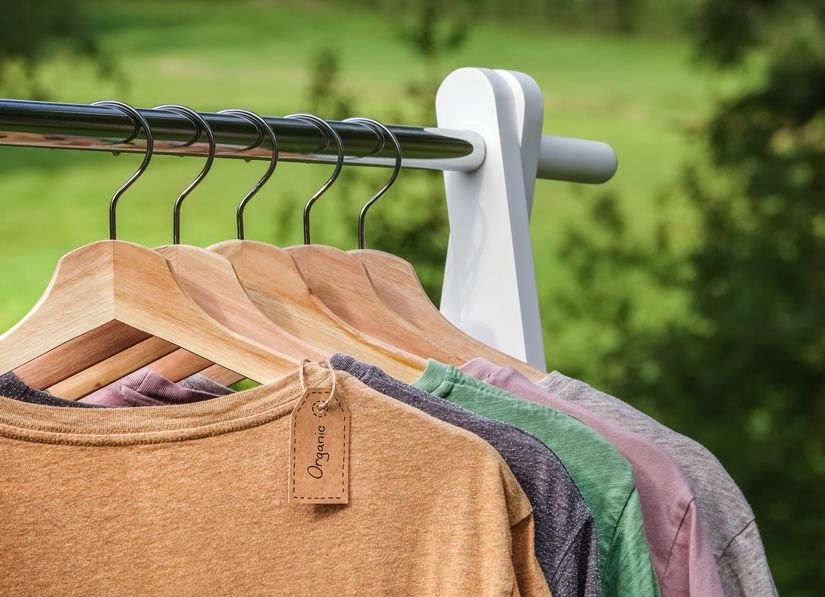
Professor Brett Martin, Dr Amali Wijekoon, Dr. Achini Ranaweera, 7 December, 2020
Creating a new product
Upcycling uses discarded objects to create a new product which is often of higher value than the original product. Currently, turning used plastic bottles and textile waste into new upcycled clothes is trending in the fashion industry. Such clothes usually sell for a premium price to environmentally conscious consumers. Brands like Adidas are capitalising on the upcycling trend and developing upcycled products. Companies which produce upcycled clothes can be viewed as sustainable and environmentally friendly.
Upcycling to attract new customers success story
Apart from promoting sustainability, how can a brand use upcycling to attract customers? Here, we outline one way of building your brand as an upcycled products manufacturer – product branding. Drawing on our joint Sri-Lankan-Australian research project, we present successful Sri Lankan brands from the apparel industry that use upcycling as examples. Sri Lanka currently produces a variety of upcycled products. Indeed when the fashion designer Orsola de Castro first created upcycled clothes on an industry scale, two Sri Lankan companies – Hirdaramani and Ocean Lanka – supported her by producing those clothes. Since then Sri Lanka has become known for manufacturing upcycled products.
Further, the Sri Lankan apparel industry owns the world’s first ever custom-built green apparel plants; Asia’s first CarbonNeutral® Certified Factory; the world’s first apparel manufacturing facility to be rated platinum under the LEED green building rating system of the US green building council; and the world’s first apparel manufacturing facility to receive Net Zero certification. Sri Lankan factories also manufacture upcycled products for many international brands such as Tommy Hilfiger and Marks & Spencer. With this experience, Sri Lanka offers relevant insight about upcycling for marketers new to upcycling.
Upcycling and storytelling
For the product brand, the best option to communicate about upcycling as an added value to your product. In promotions you should communicate about upcycled products and do so in a story-telling manner. Here you tell consumers the story about upcycled products. Marketers can help customers infer stories about the product by embracing the products’ past identity. The key here is that upcycled products are transformed from a past product life to an upcycled product with a different identity. For example, Mishra by Devindi (Mishra means mix) is an emerging upcycling brand who design upcycled backpacks using old clothes like denim trousers (see image below). A story in this case would highlight the past life of the product and how it had been transformed into the new upcycled backpacks. From denim clothes to the upcycled backpacks. By doing so, research suggests that customers are more likely to feel special.

Building on your brand identity
Such increased marketing communication about upcycling practices will enable you to build your product brand identity. When your brand identity is strong, you can improve the perception people have of your product’s product performance, gain customer loyalty, earn larger margins, become less vulnerable to competitor actions and seek brand extension opportunities.
Upcycling is essentially a practice that helps solve the problem of waste to have a positive impact on the environment. Today, many consumers are environmentally conscious and knowing about how a brand uses upcycling practices can enhance their brand attachment. People who want to create and project to others a self-identity as an environmentally conscious consumer, upcycled brands offer an attractive alternative particularly if the story of the product’s journey to becoming an upcycled product is communicated to them. Therefore, it is important to either
- inform customers about the entire production process – how raw materials (e.g., textile waste, used plastic bottles) are sourced and converted from waste to the upcycled product and/or
- allow for avenues where consumers can learn about this information (e.g., having a link on a website that allows consumers to learn about this information).
The knowledge about the production process can enhance customer perception and attitude about the brand.
A fashion brand which has successfully used upcycling for brand building is the House of Lonali which recently entered the UK market. The upcycled products of the House of Lonali transform unused textile materials and waste of large-scale apparel manufacturers (which would otherwise end up in landfills) into original clothes and lifestyle products (see image below). Using the slogan “Recycle Reuse Reduce”, the House of Lonali brand uses upcycling to connect with consumers who seek fashionable style without negative environmental impact.
Here are guidelines for building a product brand using upcycled products.
- Create and promote the product’s story (for example, how waste is turned into new clothes)
- Develop a brand slogan linked to upcycling (for example, House of Lonali – ‘Recycle Reuse Reduce’)
- Promote the sustainability of upcycled products – why you use upcycling and how it saves the planet
- Maintain a transparent production process and show to your customers – you can upload a video to show the conversion of waste to new products.


